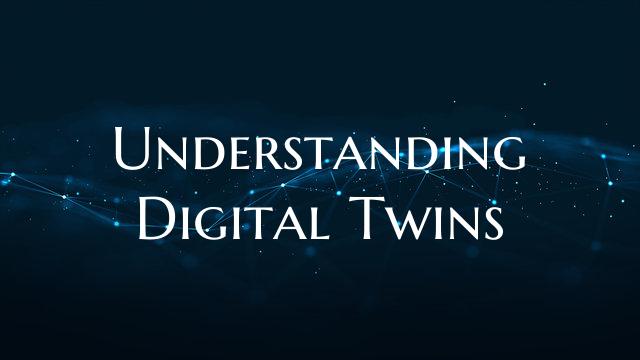Understanding Digital Twins
Digital twins are virtual representations of physical objects, processes, or systems. These virtual models are created using real-time data and simulations to mirror the behavior and characteristics of their physical counterparts. The concept of digital twins has gained significant attention in various industries due to its potential to revolutionize how things are designed, operated, and maintained.
Key Features of Digital Twins:
1. Real-Time Monitoring and Analysis: Digital twins provide a digital replica that updates in real-time based on the data collected from the physical object or system. This allows for continuous monitoring and analysis of its performance, aiding in predictive maintenance and decision-making.
2. Simulation and Predictive Capabilities: By simulating different scenarios and conditions using digital twins, it's possible to predict the behavior and outcomes of the physical object in various situations. This predictive capability can help in optimizing performance and identifying potential issues before they occur.
3. Integration with IoT and AI: Digital twins often rely on data from Internet of Things (IoT) devices and sensors to mimic the real-world environment. Artificial intelligence (AI) algorithms are commonly employed to analyze this data and enhance the accuracy of the digital twin model.
Applications of Digital Twins:
1. Manufacturing: In manufacturing, digital twins can replicate production processes, optimize workflows, and predict equipment failures. By analyzing real-time data from machines and sensors, manufacturers can improve efficiency and reduce downtime.
2. Smart Cities: Digital twins are used to create virtual models of cities to monitor infrastructure, manage resources efficiently, and simulate urban planning scenarios. This technology can help city planners make informed decisions to enhance urban living.
3. Healthcare: Digital twins are increasingly being used in healthcare to create personalized virtual models of patients for better diagnosis and treatment planning. These digital replicas enable doctors to simulate different treatment options and predict outcomes.
4. Aerospace and Defense: In the aerospace industry, digital twins are utilized to monitor the performance of aircraft, predict maintenance needs, and optimize fuel consumption. This technology enables proactive maintenance to ensure safety and reliability.
Conclusion:
Digital twins offer a powerful tool for understanding and optimizing complex systems in various industries. By creating virtual replicas that continuously update and interact with their physical counterparts, organizations can achieve improved efficiency, reduced costs, and enhanced decision-making. Embracing digital twins can lead to transformative changes in how we design, operate, and maintain objects and systems in the digital age.

